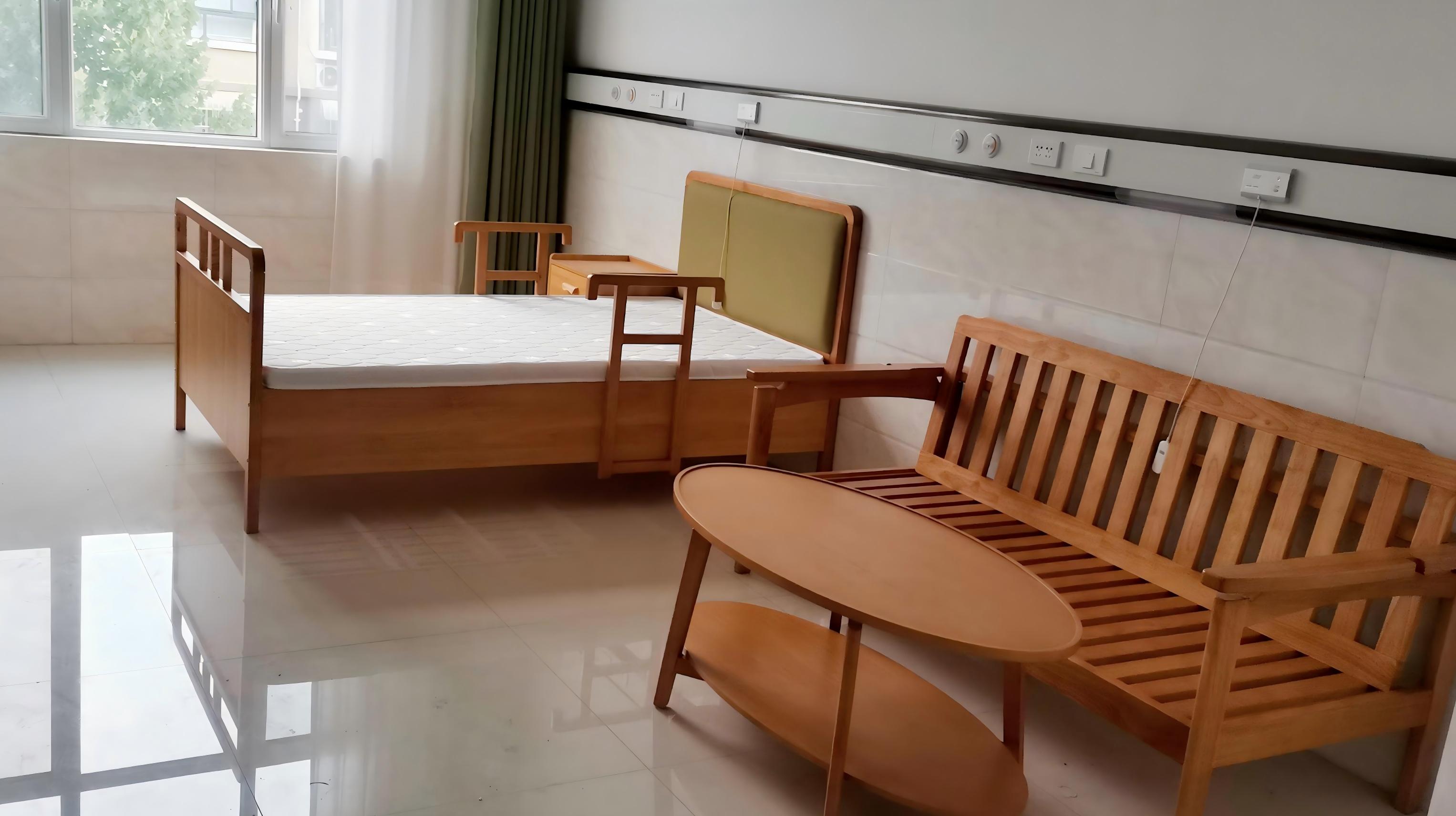Boosting Consumption in China: How the “Silver Economy” Becomes a New Growth Engine
Promoting consumption has become one of the most important topics in China’s current economic development. In periods of economic expansion, rising incomes naturally drive spending. But during downturns, market forces alone are not enough to restore vitality—policy measures become crucial.
At a press conference on January 3, the National Development and Reform Commission (NDRC) announced that it would launch a special action plan to boost consumption, combining pro-consumption policies with measures to improve people’s livelihoods.
The policy roadmap focuses on four areas:
- Increasing household income and reducing burdens
- Expanding the supply of consumer goods and services
- Cultivating new consumption growth drivers
- Improving the consumption environment
Notably, many of these measures are closely tied to China’s rapidly growing elderly population, signaling both a social welfare improvement and the unlocking of the silver economy.
Pension Increases: Strengthening Seniors’ Spending Power
The NDRC confirmed that basic pensions for retirees and rural residents will be raised in 2025, along with higher government subsidies for healthcare insurance.
Currently, the average monthly pension for rural and urban residents is only about 234 yuan (US$33). UBS economist Wang Tao estimated that doubling the current level would require around 400 billion yuan in central government funding annually, benefiting 170 million pensioners and over 500 million participants in China’s pension system.
This policy would not only boost short-term consumer confidence, but also help build a stronger long-term social security system, giving seniors more disposable income to spend.
Trade-In Subsidies: Smart Assistive Devices to Join the List
China’s trade-in program is expected to expand significantly in 2025, with subsidies possibly reaching 300 billion yuan, generating an estimated 750 billion yuan in new consumer spending.
Beyond cars and household appliances, local governments are beginning to include elderly-friendly products such as wheelchairs, oxygen machines, and reading glasses. In Shanghai, buyers can receive subsidies of up to 2,000 yuan per purchase for 20 categories of rehabilitation aids.
Experts argue that smart assistive devices—from wearable health monitors to home-care robotics—represent a huge growth market as China’s aging population expands. However, stronger product quality standards and consumer protection are needed to ensure sustainable growth.
Elderly Services: Community Dining and Home Care as New Growth Drivers
The NDRC also highlighted the importance of elderly care services such as community dining, home-based assistance, neighborhood convenience services, and institutional eldercare.
For example, in Cangzhou, Hebei Province, the local bus company operates community canteens offering affordable meals at just 10 yuan for seniors, helping ease everyday living challenges while strengthening local communities.
Yet, experts caution that many elderly services depend heavily on government subsidies and face sustainability challenges. To scale up successfully, consistent local policies, community support, and digital service platforms will be needed.
Silver Tourism: A Trillion-Yuan Market on the Rise
Another major policy focus is improving the consumption environment, including enforcing paid vacation policies to release holiday spending demand. This has brought the spotlight onto China’s booming elderly tourism market.
In 2019, seniors aged 60+ made 851 million domestic trips, spending nearly 1 trillion yuan, accounting for 20% of their total consumption.
By 2025, the elderly population is expected to surpass 300 million, with senior tourism revenue projected to exceed 1.1 trillion yuan.
The market is evolving beyond traditional sightseeing. Today’s retirees, especially urban “post-60s generation”, are healthier, wealthier, and more educated. They are driving demand for customized, cultural, wellness, and educational travel products.
Products such as “silver trains” (elderly-friendly train tours) and senior study tours are becoming increasingly popular. For example, summer “silver train” routes in Hubei and Henan provinces were fully booked in 2024, offering medical staff, adapted cabins, and personalized travel services for seniors.
Conclusion: The Silver Economy as a Policy and Market Priority
From pension increases to assistive device subsidies, from community dining halls to silver tourism, China’s elderly population is fast becoming a new engine of consumption.
With over 290 million people aged 60+, tapping into the silver economy is not just a matter of social welfare, but also a strategic way to stimulate domestic demand and sustain long-term growth.
The silver economy is no longer just a potential market—it is now a national strategy at the heart of China’s consumption-driven recovery.





